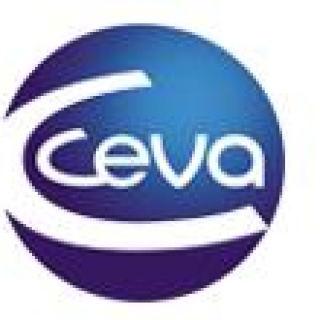Altogether in the EU, there were 752 902 samples (707 058 targeted and 45 844 suspect) reported under Directive 96/23/EC in 2008. There were 1 923 non-compliant results out of the 707 058 targeted samples (0.27 %). By substance group, the distribution of non-compliant results in targeted sampling (for samples analysed for the respective group) was as follows: contaminants (0.87 %), the group of other veterinary medicinal products (0.42 %), antibacterials (0.29 %), hormones (0.26 %), prohibited substances (0.07 %), and beta-agonists (0.005 %).
The distribution of non-compliant results by substance group, as a percent of the total non-compliant results in bovines, pigs, sheep and goats, horses, and poultry taken together, followed the pattern: antibacterials > hormones > other veterinary medicinal products > contaminants > prohibited substances > beta-agonists (46 %, 19 %, 18 %, 14 %, 2.3 %, and 0.1 %). The distribution of non-compliant results by species, as a percent of the total non-compliant results in targeted sampling followed the pattern pigs > bovines > poultry > sheep and goats > horses (39 %, 31 %, 17 %, 9 %, and 3 %) which corresponded to the pattern of the total samples taken for analysis in 2008 for the individual animal groups.
There were no non-compliant samples for stilbenes and derivatives (A1).
In the antithyroid agent group (A2), thiouracil was the only substance with non-compliant results reported in target samples of bovines, pigs, sheep and goats. The levels found were below 10 ppb and most likely a result of the natural presence of crucifera plants in feed.
For steroids (A3), there were 0.31 % non-compliant targeted samples in bovines (0.18 % excluding corticosteroids), 0.11 % in pigs, and 4.7 % in sheep and goats (2.17 % excluding corticosteroids). Dexamethasone was the most frequently found corticosteroid in bovines, both in terms of percentage of non-compliant results (70 % from the total of non-compliant results for corticosteroids, targeted samples) and number of Member States that reported such results (7 Member States).
There were 69 non-compliant results for zeranol and taleranol (A4) in bovines. For beta-agonists (A5), there were only two non-compliant samples in all animal categories and animal products. There were 0.07 % non-compliant results for prohibited substances (A6). Non-compliant results for chloramphenicol were reported in targeted samples of bovines (n = 9), pigs (n = 6), poultry (n = 5), sheep and goats (n = 2), farmed game (n = 1), milk (n = 1), and from aquaculture (n = 1). Nitrofurans were identified in targeted samples of bovine (n = 2), sheep and goats (n = 4), poultry (n = 1), rabbit meat (n = 1), and farmed game (n = 2). Nitroimidazoles were found in poultry (n = 1), and eggs (n = 1).
The proportion of non-compliant results for antibacterials (B1) in targeted samples was 0.29 %. Antibacterials were the dominant source for non-compliant results in targeted samples of pigs (78.7%) bovines (30.4 %), sheep and goats (30.3 %), rabbit meat (70 %), milk (79 %), and honey (80 %).
Overall, there were 0.42 % non-compliant targeted results for the group “other veterinary medicinal products” (B2). Non-compliant results for anthelmintic residues were found in bovines (n = 4), pigs (n = 8), poultry (n = 1), sheep and goats (n = 4), rabbit (n = 1), and milk (n = 3).
Anticoccidials (B2b) were mainly found in targeted samples of poultry (n = 180) and eggs (n = 67). Heavy metals (B3c) were the most frequent contaminants reported followed by organochlorine compounds and PCBs (B3a). In aquaculture, most of the non-compliant results were, as in previous years, reported for malachite green (B3e). Malachite green findings were reported by nine Member States.
http://www.efsa.europa.eu/en/scdocs/scdoc/1559.htm




